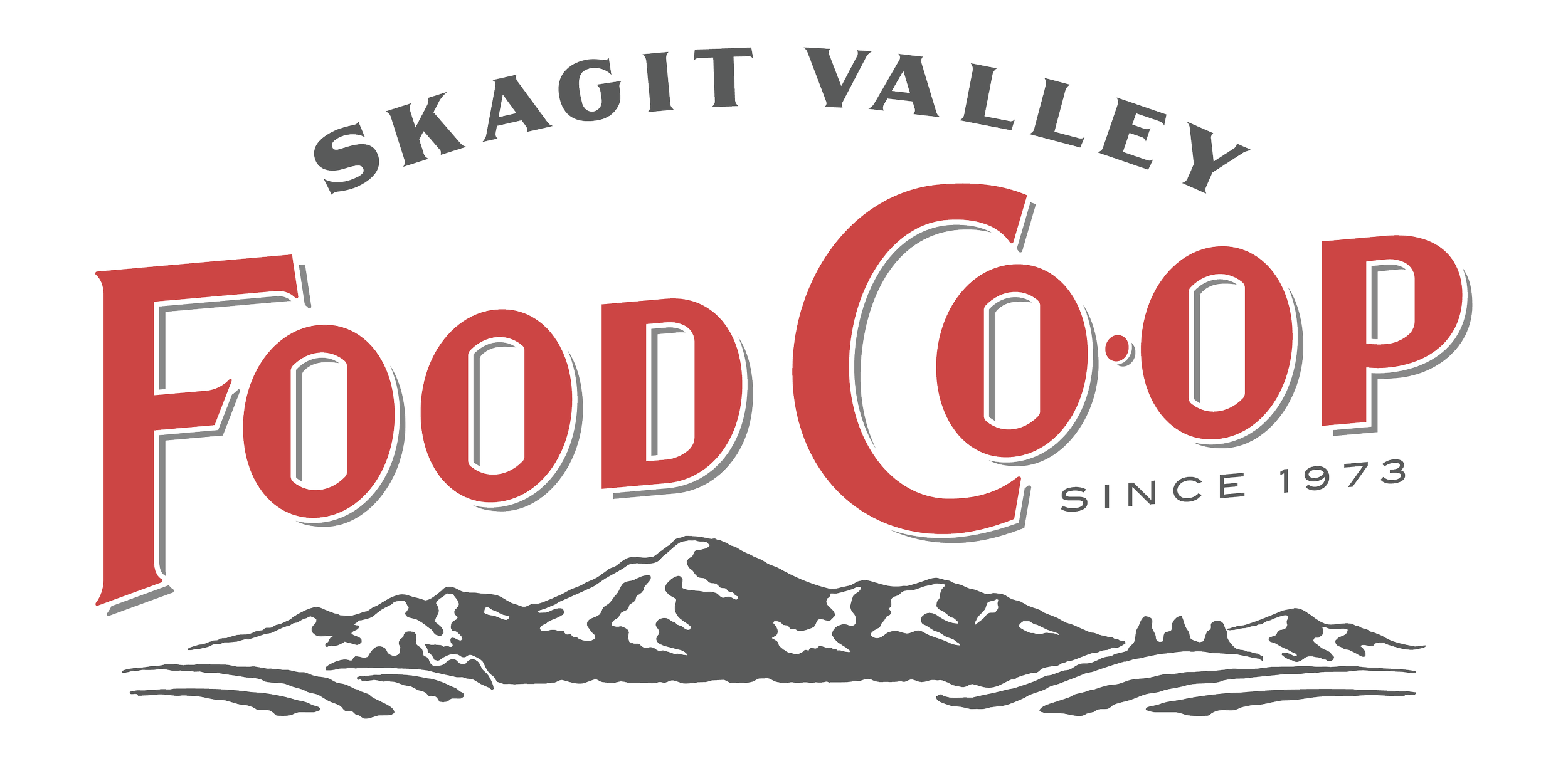Eats, Shoots, & Snakelike Leaves: Tall Tales of Asparagus
“The shoot emerges from the ground like a snub nose green snake headed for sunshine, rising so rapidly you can just about see it grow. If it doesn't get its neck cut off at ground level as it emerges, it will keep growing. Each triangular scale on the spear rolls out into a branch until the snake becomes a four-foot tree with delicate needles.”
― Barbara Kingsolver, Animal, Vegetable, Miracle: A Year of Food Life
Crown. Shoot. Spear. Asparagus vocabulary is as unique as the plant itself. As one of the few perennial vegetables—rhubarb and artichoke among them in our temperate climate—you can count on asparagus as one of the first foods to emerge from the earth each spring. It might be the only vegetable that also exists as a houseplant. (I had to see with my own eyes! Photos of its ornamental versions: the fern-y looking Asparagus setaceus and sprengeri—and my new favorite houseplant to covet, Asparagus aethiopicus ‘Meyeri’ its soft and lacy neon green sprigs looking as if they are swaying on an ocean floor.)
Other asparagus magic? Spears can grow up to two inches a day in peak season. It’s one of the few foods acceptable to eat with your hands in polite company. And what asparagus does to your pee? Woowheee.
Of Mediterranean origins, asparagus now covers the globe. The 300 species of this edible and ornamental flowering plant are found in both hemispheres, temperate and tropical—from its European roots to Asia, Africa, the Americas. The edible vegetable version comes in purple, white and various shades of green—though white asparagus exists only by way of carefully piling dirt on the stalks, so they don’t absorb any sunlight to produce chlorophyll. Who does this dirt piling, how often must it be done, and does the job have a special title? Ghost Maker? Seattleite-in-Winter? White asparagus is most popular in Europe, where the Germans call it spargel.
Only five percent of total German asparagus production makes it out of the country in peak season, according to a National Geographic author who detailed their visit to western Europe in April and May. Spargelfests include asparagus peeling competitions and the 470-mile “Asparagus Route” in southwestern Germany which passes by fields of ‘white gold’ and the country’s top asparagus cities. Restaurants, cooking classes, museums: all featuring asparagus. A tee-hee thought about asparagus festivals, because I have a little Beavis & Butthead in me, is something my mother pointed out: Imagine what the bathrooms smell like! (She and I are one of the 40 percent who metabolize—and are able to smell—the distinctive sulfur scent, post-asparagus consumption).
Asparagus festivals held around the planet include the U.S.—our East Coast (Michigan), and our West Coast (California)—and the UK, Canada, France, and Germany. In this order, China, Peru, and the U.S. are the world’s top asparagus producers, with Germany fourth. Production in the U.S. concentrates in three states: Michigan, California, and, you got it, our beloved Washington. Somehow, we missed the asparagus festival boat but the Skagit offers its own famous path through fields within a 15-mile triangle: The Tulip Route.
As a word geek, I love that asparagus came to be called sparrow-grass by the ‘common folk’ hundreds of years ago. Floating blades of bird-like grass make a visual poem for me. But drop the “a” from “asparagus” and you’ll see how that derivative likely came about. The more scholarly version of its name comes from Medieval Latin sparagus—believed to come from the Persian asparag, meaning “sprout” or “shoot.” The vegetable has been cultivated for 2,000 years. Seeing as it’s the year 2022, that’s a long legacy for an edible stalk.
Meticulous cooks peel woody asparagus stalks, then refresh them in an ice bath before steaming them with the peel added back into the cooking water. I am not a meticulous cook. What I love most about asparagus is the simplicity it offers. Steam, bake, sauté, roast, chop up raw and toss in a salad. I rarely do anything fancy with asparagus. Its simplicity stands on its own. Nutty, crisp, tender-roasted in olive oil, tossed with lemon juice. A little parmesan if I’m feeling decadent. When it comes to heralding spring, the clean flavor of asparagus keeps life simple.
Sarah Stoner grew up in Uganda, Morocco, Belgium, and Thailand and lived in the U.S for the first time at age 18. Along with her family, Sarah planted herself in the Skagit Valley area where she’s never grown asparagus. Yet. sarahjstoner@hotmail.com
Asparagus Frittata
It's spring! Enjoy asparagus with eggs, shallots and Gruyere or Swiss Cheese. Serves 4.
Ingredients
2 tablespoons unsalted butter
1/2 cup sliced shallots
1 lb asparagus, tough ends snapped off, spears cut diagonally into 1-inch lengths
6 large eggs
3/4 cup ricotta or cottage cheese
1/2 teaspoon salt
1 tablespoon minced fresh chives
1/4 teaspoon dried tarragon
1 cup shredded Gruyere or Swiss cheese
Directions
Heat butter into a 10-inch oven-proof frying pan over medium heat. Add shallots and cook, stirring occasionally, until they soften and turn translucent, about 3 minutes.
Add asparagus and cook for an additional 3 minutes.
Beat the eggs and ricotta cheese together, add salt, stir in the chives and tarragon. Pour the egg mixture into the pan and cook until almost set, but still runny on top, about 4 to 5 minutes. While cooking, pre-heat the oven broiler.
Sprinkle Gruyere cheese over the eggs and put in the oven to broil until cheese is melted and browned, and the center is set, about 6 to 8 minutes.
